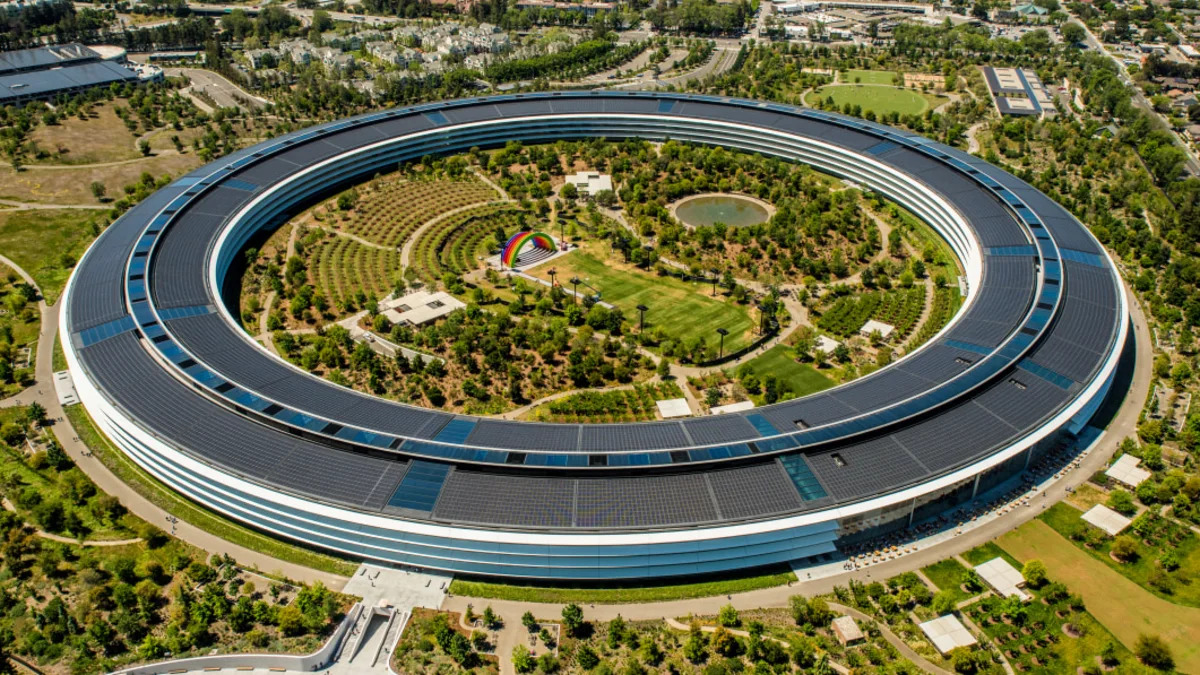This week’s decision by Apple Computer to abandon its pursuit of building an automobile — we'll never know if it was to be named “iCar” — is certain to spur a deluge of books and articles analyzing the project from its infancy to its dissolution.
The New York Times is serving readers’ fascination with the company by taking a first crack at analyzing the moves and mistakes Apple made along the way.
The story combines what is essentially a “clip job”— collecting and rewriting the millions of words written throughout the past decade — with new reporting and insights from project insiders and others. Not surprisingly, neither Apple nor Elon Musk — Tesla was always to be target of Apple’s car — responded formally to the paper’s request for comments. Though Musk did responded to the news on X with an emoji of a salute and a cigarette, whatever that's supposed to mean.
Even though followers of the Apple car drama may be familiar with bits and pieces of the story’s details, the Times provides a one-size-fits-all primer to digest the history of what became known as Project Titan.
Since its inception in 2014, according to reporters Brian X. Chen and Tripp Mickle, the program suffered several ups and downs, initially proposed as an electric vehicle to compete primarily with Tesla. Later it was to become an autonomous car.
At the end, the Times says, Apple had “burned more than $10 billion on the project and the car had reverted to its beginnings as an electric vehicle with driving-assistance features rivaling Tesla’s, according to a half dozen people who worked on the project over the past decade.” But it was doomed “in large part because developing the software and algorithms for a car with autonomous driving features proved too difficult.”
Long considered a product-driven company, at first the news of an Apple car was seen as a major step toward generating new business. With the iPhone aging, “cars were part of a $2 trillion transportation industry that could help Apple, which by then was a nearly $200 billion business,” the story says. But members of the development team “knew they were working against harsh realities, according to the six employees familiar with the project. If it ever came to market, an Apple car was likely to cost at least $100,000 and still generate razor-thin profit compared with smartphones and earbuds. It would also arrive years after Tesla had dominated the market.”
By the end, Apple had spent wildly on importing more than 2,000 employees to Apple Park, including engineers who had worked for NASA and developed race cars for Porsche.The group, the Times reports, “developed an array of new technologies, including a windshield that could display turn-by-turn directions and a sunroof that would feature special polymer to reduce heat from the sun.”
But as early as 2016, it had become clear that the car effort was in trouble, when Titan's managers told the team working on the project that they would be shifting their focus from building a car to building self-driving car software, said three people familiar with the shift, according to the report.
Earlier this year, several Project Titan team members were told they’d be reassigned to work on artificial intelligence development that would migrate within Apple “to other technologies that are being researched, including A.I.-powered AirPods with cameras, robot assistants and augmented reality, according to three people briefed on the projects,“ the story said.
Others would be told to apply for different jobs.
The story in full is here. A Times subscription may be required for access.


Sign in to post
Please sign in to leave a comment.
Continue